February 5, 2024
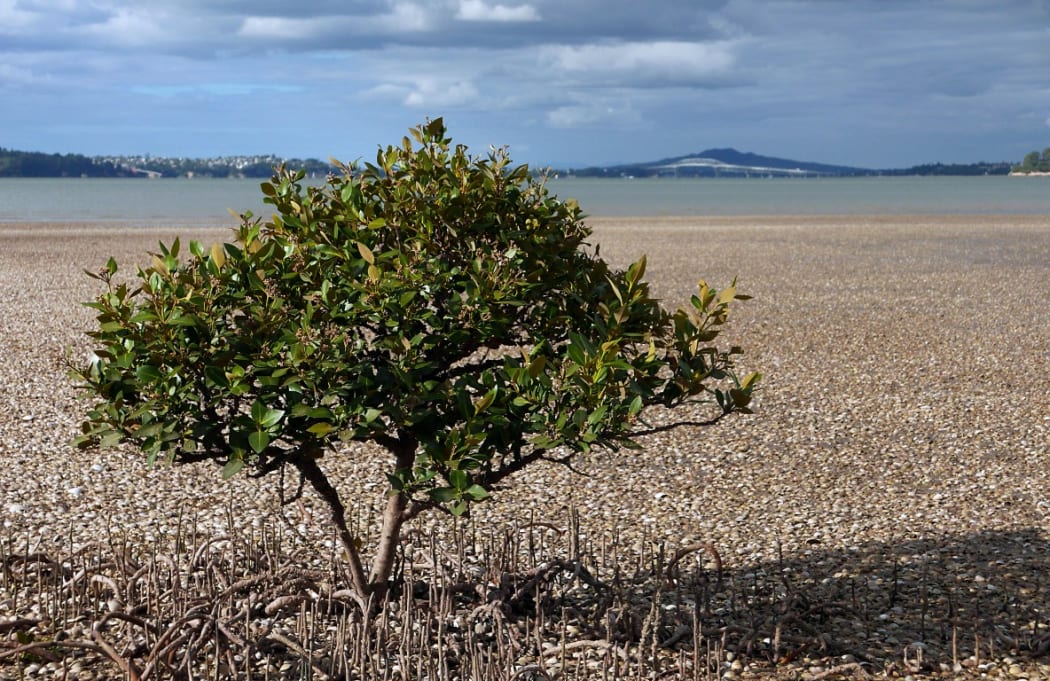
Introduction: Auckland, nestled on New Zealand’s North Island, boasts not only a stunning cityscape but also a diverse natural environment of forests and many other habitats. Among its ecological treasures, Auckland mangroves play a vital role in supporting biodiversity, shoreline stability, and providing unique recreational opportunities . In this comprehensive guide, we will delve into the benefits and features of Auckland’s mangroves. From their ecological significance to the immersive experiences they offer, this exploration aims to showcase the value of these coastal ecosystems.

Species Diversity:
Auckland’s mangroves are primarily dominated by two species – Avicennia marina and Avicennia resinifera. These hardy species have adapted to the intertidal zone, thriving in the challenging conditions where land meets sea.
Intertidal Habitat:
Auckland Mangroves thrive in the intertidal zone, the area between high and low tides. This unique habitat provides a crucial transition zone for various marine and terrestrial species, fostering biodiversity.
Root Systems:
The distinctive prop roots of mangroves serve multiple functions. They provide stability to the trees in the soft substrate, offer a refuge for juvenile fish, and create a complex network that supports diverse marine life.
Tidal Influence:
Auckland’s mangroves experience the rhythmic ebb and flow of tides. This tidal influence plays a significant role in nutrient exchange, sediment deposition, and the overall health of the mangrove ecosystem.
Adaptations to Salinity:
Mangroves have evolved unique adaptations to survive in saline environments. They can filter out salt through specialized glands, allowing them to thrive in brackish waters.
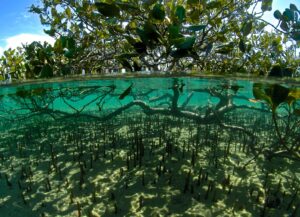
Biodiversity Hotspot:
Auckland’s mangroves serve as crucial nurseries for various fish and invertebrates. The intricate root systems provide shelter and food for juvenile marine life, contributing to the overall health of the coastal ecosystem.
Erosion Control:
The dense root systems of mangroves act as a natural barrier against erosion. They stabilize coastlines, reducing the impact of storm surges and protecting vulnerable habitats.
Water Quality Improvement:
Mangroves act as natural filters, trapping sediments and pollutants. This filtration process enhances water quality, benefiting both marine life and human communities that rely on these coastal waters.
Carbon Sequestration:
Mangroves play a crucial role in sequestering carbon. The organic material that accumulates in their sediments over time locks away carbon, mitigating the impacts of climate change.
Recreational Opportunities:
Auckland’s mangroves offer unique recreational opportunities for nature enthusiasts. Kayaking through mangrove-lined waterways provides an immersive experience, allowing individuals to connect with nature and appreciate the beauty of these ecosystems.
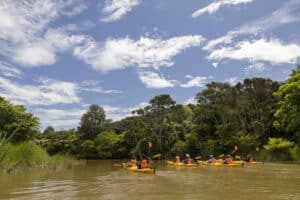
Are Auckland mangroves invasive?
Auckland’s mangroves are native to the region and play a vital ecological role. However, some concerns about invasive species and management practices may arise, necessitating careful monitoring and conservation efforts.
Do Auckland mangroves attract mosquitoes?
While mangroves themselves do not attract mosquitoes, stagnant water in nearby areas might. Proper management and maintenance can help mitigate potential mosquito issues.
Can you walk through Auckland mangroves?
Some areas with boardwalks or designated trails allow visitors to explore Auckland’s mangroves on foot. It’s essential to follow designated paths to minimize disturbance to the delicate ecosystem.
Why are there protests against Auckland mangroves removal?
Protests against mangrove removal often stem from concerns about the ecological impact, loss of biodiversity, and disruption to the natural balance of the coastal environment.
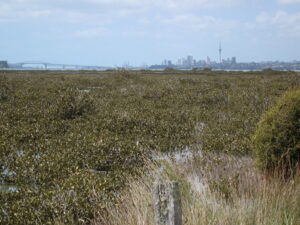
Mangrove conservation in Auckland
Auckland mangroves guided tours
Importance of mangroves for Auckland tourism
Mangrove restoration projects in Auckland
Auckland mangroves photography tips

Auckland mangroves represent more than just a picturesque part of the coastal landscape; they are vital to the health of the region’s marine ecosystems. By understanding and appreciating the benefits about new zealands mangroves not nearly enough as its ecosystems, individuals can actively contribute to their preservation. Whether through supporting conservation initiatives, participating in guided tours to enhance awareness, or simply enjoying the recreational opportunities they offer, caring about Auckland’s mangroves is an investment in the sustainable future of this vibrant city.
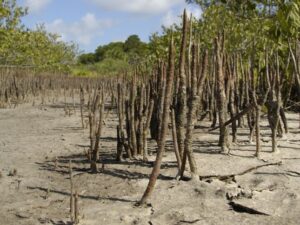
Auckland’s mangroves are not merely a feature of the city’s coastline; they are ecological powerhouses that contribute to biodiversity, erosion control, and water quality improvement. Recognizing the value of these coastal mangrove forest and scrub ecosystems invites a deeper connection with nature, offering opportunities for both education and immersive experiences. As Auckland continues to evolve, the preservation and understanding of its mangroves play a crucial role in maintaining the delicate balance between urban development and ecological sustainability.
email support@snm.nz or call us on 0800 76 62 66